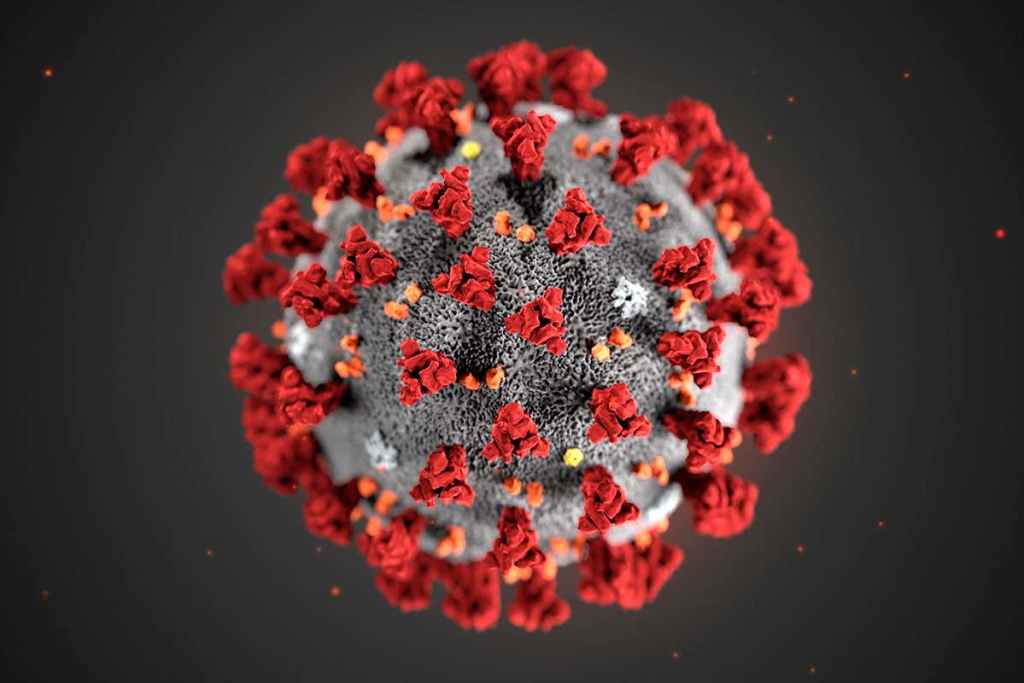Health
Coronavirus survive on phone screens, currency notes for 28 days — Study
The novel coronavirus (SARS-CoV-2) that causes COVID-19 can survive on banknotes, mobile phone screens, and stainless steel for up to 28 days under laboratory conditions, according to a new study conducted by researchers at Australia’s National Science Agency who said the finding reinforced the need for disinfecting surfaces and washing hands.
Until now, laboratory tests showed SARS-Cov-2 could survive for between two and three days on glass, currency notes and glass, and a maximum of 6 days on stainless and plastic..

The researchers said that at room temperature, the virus was particularly “robust,” surviving on glass surfaces such as a phone screen and on plastic banknotes but was less robust on porous surfaces such as cotton.
The study was carried out in the dark as research has shown that ultraviolet light can kill the virus. The coronavirus also survived for fewer days at temperatures exceeding 30 or 40 degrees Celsius.
Australia’s National Science Agency’s chief executive, Dr Larry Marshall noted: “Establishing how long the virus really remains viable on surfaces enables us to more accurately predict and mitigate its spread, and do a better job of protecting our people.”
In April, the World Health Organisation, WHO, had said that the coronavirus could survive for 72 hours on plastic and steel and 24 hours on cardboard. But experts say people are more likely to contract the virus from someone an infected person through sneezing, coughing, and talking close to each other rather than from a surface.
According to the US Centres for Disease Control and Prevention, in rare cases, the coronavirus can linger in the air for hours and infect people more than two metres apart.
According to the research published in Virology Journal similarly discovered that SARS-Cov-2 remained alive at a shorter live span under hotter temperatures than cooler temperatures; it became non-infectious in 24 hours at 40C on some surfaces.
Previous research has proven that the virus might be infectious in airborne particles for over three hours but did not confirm the extent to which it can spread through surfaces like banknotes and touchscreens.




